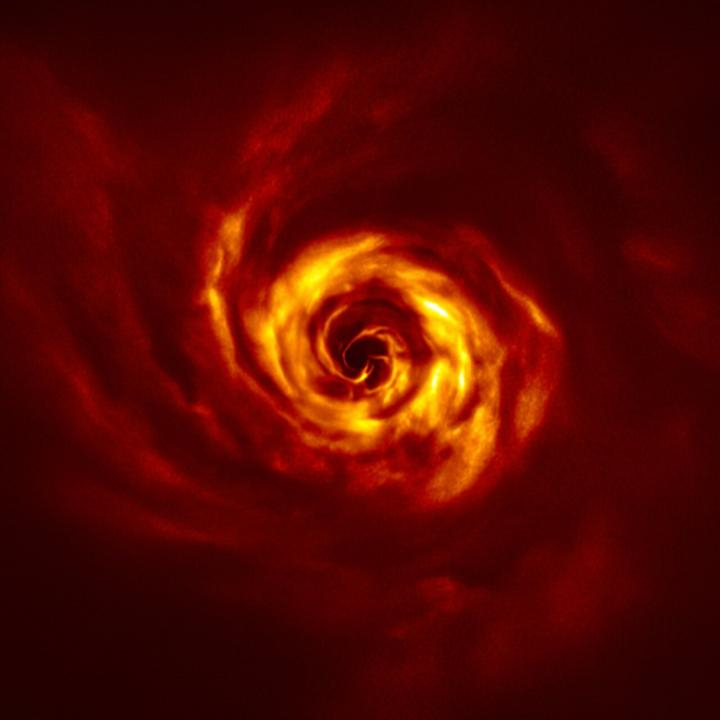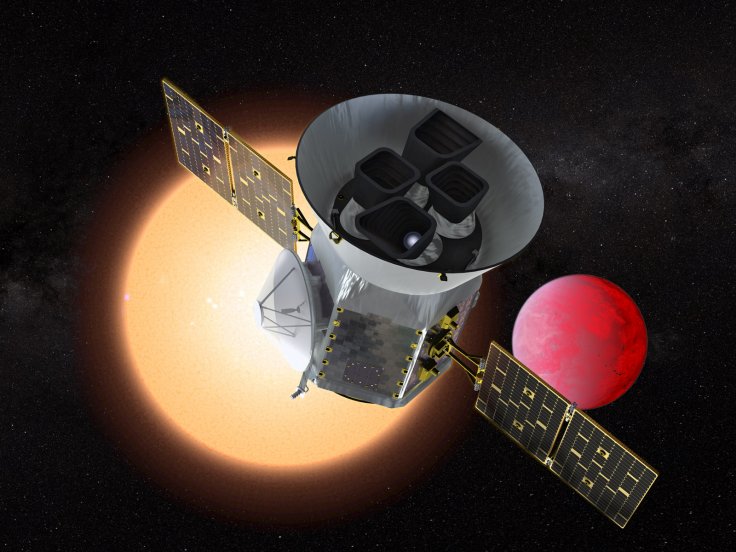A scientist from NASA discussed how the agency works with members of the public in identifying new exoplanets. According to the scientists, NASA's human collaborators are more effective in discovering new exoplanets than artificial intelligence (AI). Recently, scientists from NASA held an Ask-Me-Anything (AMA) event on Reddit. The focus of the forum was to encourage people to become one of the agency's citizen scientists.

NASA's Citizen Scientists
NASA's Citizen Science program consists of projects that members of the public can join in. Through these collaborations, the citizen scientists can help make new discoveries with NASA.
During the AMA session, NASA listed down some of the discoveries citizen scientists made through the program. Some of these include identifying new meteorites and comets, finding the oldest planet-forming disk and discovering a total of 62 Main Belt asteroids.
Aside from these, the Citizen Science program also has projects that are focused on finding exoplanets, which are alien worlds that are located in a different star system. Usually, NASA relies on the data gathered by its Transiting Exoplanet Survey Satellite (TESS) and Kepler spacecraft to find potential exoplanets. The citizen scientists then comb through the collected data to identify potential planets.

Humans Vs. AI
A question submitted by a Reddit user asked if it would be better to use AI than humans when it comes to finding exoplanets. After all, AI would be able to go through a lot of data in just a short amount of time. However, according to Nora Eisner, a member of the TESS team, humans are still better at finding exoplanets than AI since computer systems often fail to spot certain telltale signs of another world.
"The vast majority of planets in the TESS and Kepler/K2 data found using computer algorithms, including planets that we would struggle to find with the human eye alone," she explained. "However, the machines struggle to find certain types of planets, in particular those that only show one transit event in the lightcurve or those around very variable stars."
As noted by the scientist, using lightcurves to identify exoplanets can provide valuable information regarding its overall evolution and formation. "By visually inspecting lightcurves we can find planets that the machines miss and help complete the picture of what exoplanets look like, how they form, and how they evolve," she stated.









